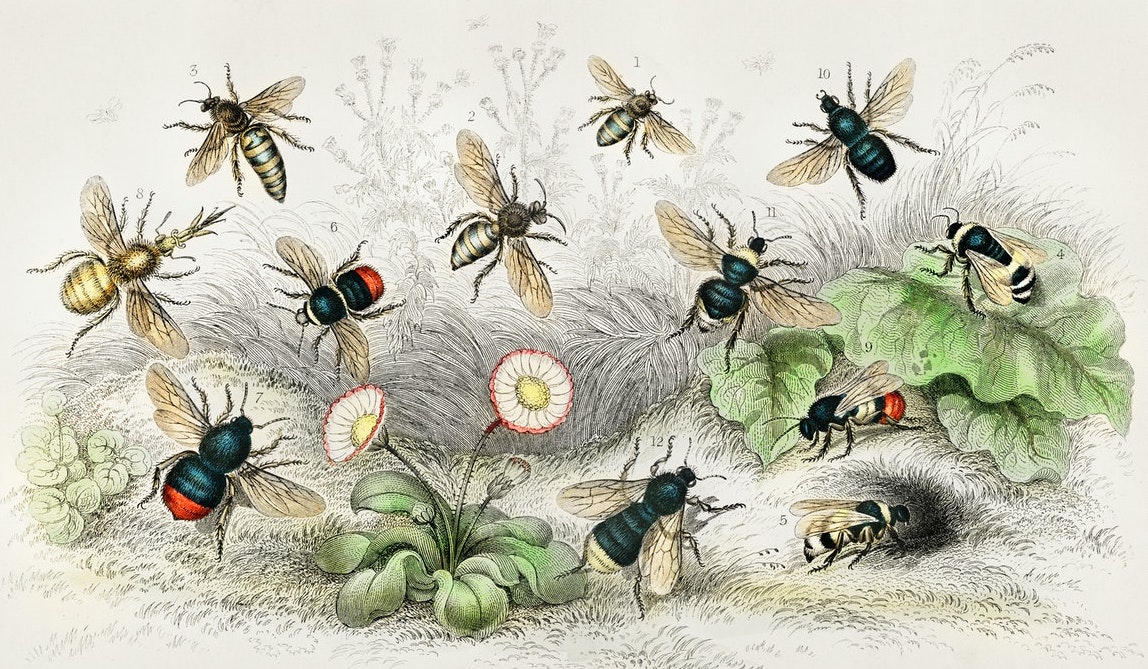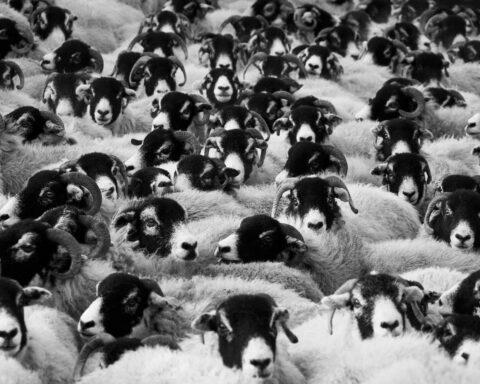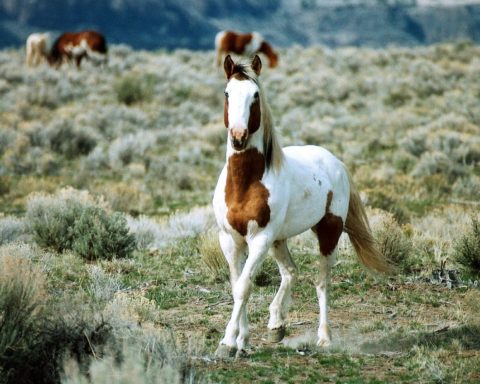By Olivia Norfolk
It’s no secret that bee populations are in decline across the UK and Europe. There has also been a fantastic increase in public awareness over the past few years, leading many to set up hives in their gardens and on their roofs. But this might not be as helpful as you may think.
The UK is home to around 270 bee species. Most people are familiar with the charismatic bumblebees, but the 250 species of solitary bee remain lesser-known. As the name suggests, they don’t live in hives or colonies, but nest alone in cavities or underground.

Wild Bees – Tetragonula Carbonaria – Wikipedia
Bee species also differ in their foraging preferences, selecting flowers based on their shape, colour and scent. This reflects the co-evolution between plants and pollinators and means that plants with certain floral traits depend on compatible bee species. Those with deep flowers depend on bees with tongues long enough to reach the nectar, for example. So losing the variety of the country’s wild bee community could leave many cultivated and wild plants without effective pollinators.
What’s wrong with keeping honeybees?
The European honeybee (Apis mellifera) is a social bee species that has been domesticated for crop pollination and honey production. Beekeeping is often promoted as a way to conserve pollinators and, as a result, is on the rise across the UK. It’s great to see people backing the pollinator movement, but managing hives does nothing to protect our wild pollinators. It’s the equivalent of “farming” chickens to save wild birds.
High numbers of honeybees can actively harm wild bee populations, because they compete directly for nectar and pollen. That’s not a problem when flowers are plentiful, but in environments where resources are limited, wild bees can be outcompeted. A lack of flowers is one of the main factors behind the decline in bee populations. Initiatives such as urban beekeeping put more pressure on wild bees and worsen the decline.
Honeybees are extremely efficient at collecting pollen and returning it to their hives, but as a consequence they transfer little to the flowers they visit. They are quantifiably less effective at pollination than wild bees, so changes in foraging patterns also have knock-on consequences for the plant community. When honeybees occur in high numbers, they can push wild bees out of an area, making it harder for wild plants to reproduce. Honeybees are not a substitute for wild pollinators, so we must protect the entire bee community to achieve good quality pollination.
Honeybee hives are regularly traded locally and internationally, allowing the rapid spread of diseases and parasites, such as deformed wing virus and Varroa mite. These pathogens can spill over from managed hives into wild bumblebee populations and spread between wild bee species when they visit the same flower. Responsible beekeepers should take steps to control pathogen levels within their hives to minimise transmission to wild bees.
When considering the evidence, the rise in amateur beekeeping is likely to cause more harm than good. If your motivation is to save the bees then here are some more effective steps you can take.
How to help the UK’s bees
Gardens provide essential habitats for bees across the UK, so make sure you are maximising the pollinator potential of your outdoor space. If you don’t have a garden, then check whether your public spaces, parks and road verges are bee friendly and let local councils know how they can improve.
Bees need to eat, so fill your garden with flowering plants that are rich in pollen and nectar. Watch out for ornamental hybrids that have been bred to produce showy flowers that contain little or no nectar. Remember that variety is key. Include plants with a wide range of floral shapes and colours to increase the number of bee species attracted to your garden.

Wild Bee – Anthidium – Wikipedia
Wooden decking and concrete paving may be low maintenance, but impenetrable surfaces prevent ground nesting bees from finding a home. Increasing the size of your flowerbeds lets you plant more flowers and creates space for more bees to locate nesting sites. Cavity nesting bees look to nest in masonry or old plant stems, but you can provide them with additional nesting sites by buying or building a “bee hotel”.
The EU recently extended its ban on the agricultural use of neonicotinoid pesticides in acknowledgement of the harm they cause to bees. These same chemicals are still found in common garden pesticides, so do your best to minimise their use.
Immaculate lawns and flower beds may impress your guests, but the bees won’t thank you. Many of our fast growing “weedy” plants provide rich sources of pollen and nectar, so ditch the weedkiller and let the wild flowers grow. Lazy gardeners who mow their lawn less frequently can also expect to see a rise in bee abundance of up to 30% due to the increase of “weeds” such as dandelion and clover. To do your bit for bee conservation, forget taking up beekeeping, but instead take a science-backed break from mowing your lawn.
This story first appeared in The Conversation under a CC license. Olivia Norfolk is a lecturer in Conservation Ecology at Anglia Ruskin University. She has received funding from The Leverhulme Trust to support research on honeybee-wild bee interactions. Anglia Ruskin University provides funding as a member of The Conversation UK.
If you enjoyed reading this, help support us by sharing it with others.




